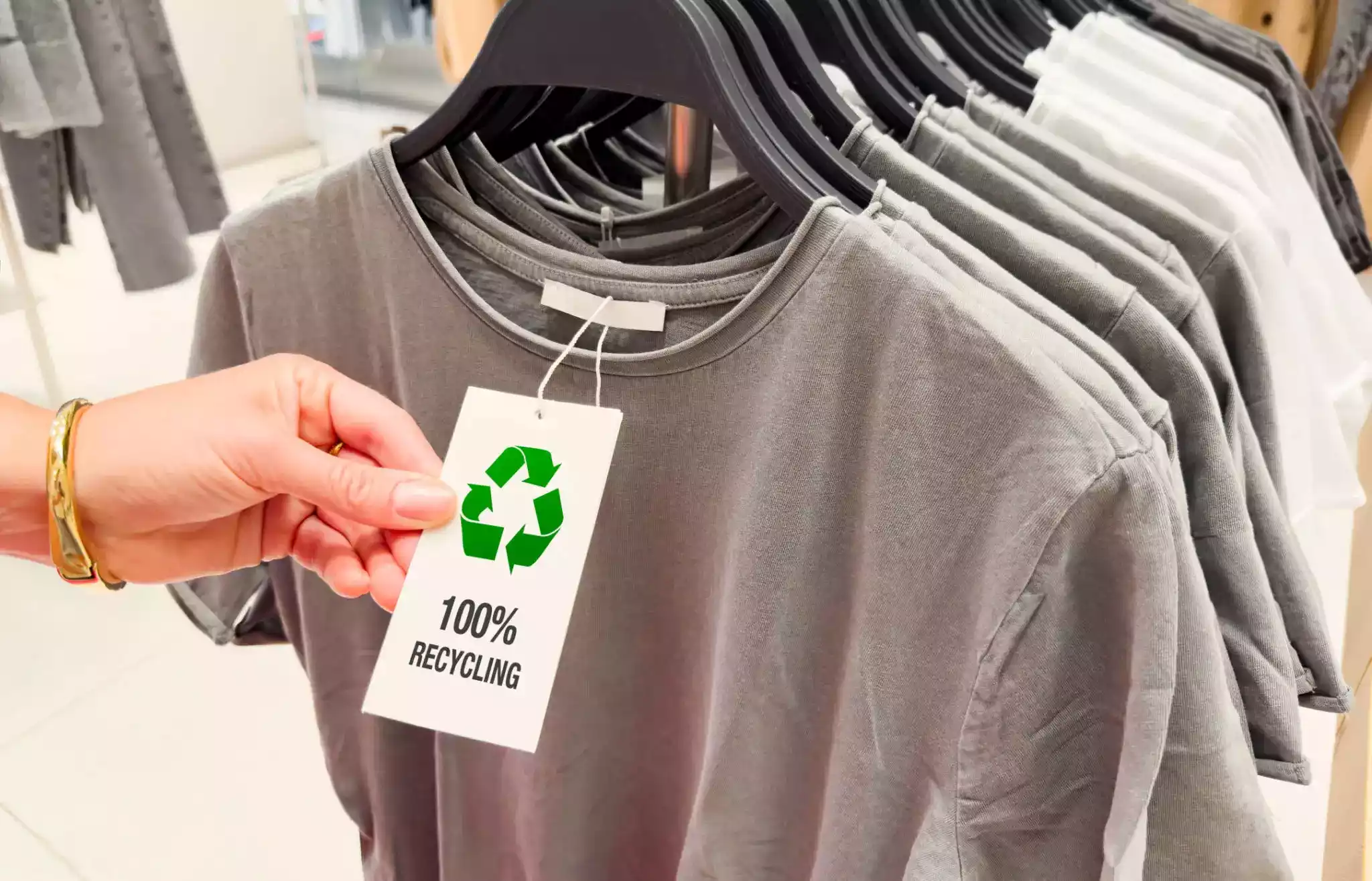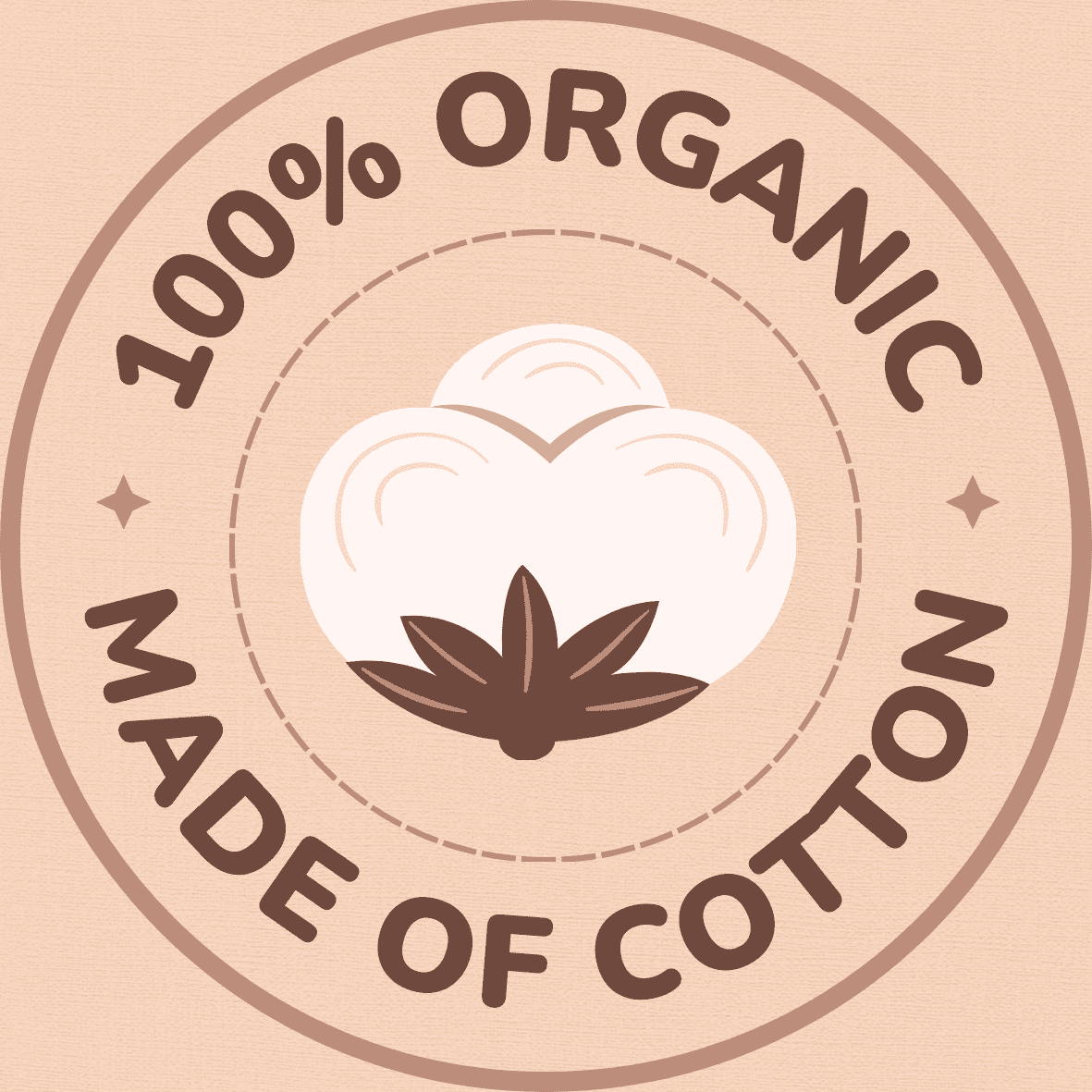Demystifying Clothing Manufacturing Standards: Excellence in Every Stitch
Clothing manufacturing standards comprise an array of parameters established to ensure the production of quality attire. They set the foundation for the entire process, starting from fabric selection to the final touches of the garment. These rules regulate various phases in the clothing production course, such as the selection of material, pattern creation, cutting of fabric, stitching and seaming, and finishing touches. They act as guides that systematically navigate the complexities of producing high-grade attire.
Strict compliance with clothing manufacturing standards impacts the overall quality of the product. Adherence to clothing manufacturing quality standards guarantees superior tactile quality, excellent fit, durability, and longevity of the garment. It also fosters sustainability, as the attention to detail reduces waste, optimizes resource use, and minimizes manufacturing defects. Importantly, these benchmarks create a fair and ethical clothing production environment, contributing substantially to the betterment of the industry and the society it serves.
The Importance of Quality Control in Garment Manufacturing
Quality control holds a pivotal role in the clothing manufacturing process, serving as the crux of maintaining product integrity, consistency, and customer satisfaction. It integrates technical evaluations, including but not limited to, inspecting raw materials, monitoring production processes, and evealuating finished products. Further, it necessitates the implementation of strict procedures throughout the production cycle to mitigate risks associated with defective items, thereby assuring the final product aligns with both the brand’s and clientele’s expectations.
An essential facet of quality control within this sector is ensuring adherence to clothing size standards. Standardization of sizing eliminates disparities and inconsistencies, ensuring a reliable fit for consumers across different products, brands, and markets. Predetermined size norms not only simplify the consumers’ shopping experience but also curtail production overheads through the reduction of size-related returns. By promoting a systematized fit, quality control aids in fostering customer trust, brand reputation, and overall market growth.
• Quality control in garment manufacturing is not just about inspecting the final product; it involves a comprehensive process that includes:
◦ Checking the quality of raw materials: This ensures that only high-quality fabrics and other materials are used, contributing to the overall quality of the finished product.
◦ Monitoring production processes: Regular checks during production help identify any potential issues early on, allowing for timely corrections. This minimizes wastage and helps maintain consistent output.
◦ Evaluating finished products: Rigorous testing of completed garments ensures they meet all required standards before reaching consumers.
• Implementing strict procedures throughout this cycle significantly reduces risks associated with defective items. It assures both brand and customers that every piece produced meets set expectations.
• A crucial element within this system is adherence to clothing size standards. Benefits include:
◦ Eliminating disparities and inconsistencies in sizing across different brands or markets, providing a reliable fit for consumers.
◦ Simplifying shopping experiences as customers can confidently choose their sizes without worrying about variations.
◦ Reducing overheads related to size-related returns – an aspect that could otherwise be costly for manufacturers.
• By ensuring standardized fits through effective quality control measures, manufacturers can build customer trust and enhance their brand reputation. In turn, this contributes positively towards market growth in the garment industry.
How Fabric Selection Impacts Quality in Apparel Production

In the garment industry, the key to producing high-quality apparel lies in the selection of appropriate fabrics. Bearing immense significance, this process is taken with utmost consideration by any clothing manufacturing company. A dependable choice of fabric influences not only the aesthetics of the clothing item but also its durability and comfort. The garment’s performance to hold well against regular wear and tear, the interaction of the fabric with various dyes and prints, and the overall perceived value of the product are all impacted by the quality and type of fabric used.
Within this context, adhering to product safety standards in the garment industry is vital. Fabric selection involves a keen understanding of the textile’s chemical and physical properties, ensuring that they comply with safety and environmental regulations. Compromising on fabric quality to cut corners can lead to issues like color fading, shrinkage, or even skin irritations for the end user. Therefore, clothing manufacturers must prioritize quality fabric selection to ensure optimal product longevity, customer satisfaction, and regulatory compliance, all of which contribute to the reputation and success of the brand.
The Role of Cutting Precision in Clothing Manufacturing Standards
Precision in cutting is a pivotal facet of the manufacturing process, fundamentally shaping the quality of the final apparel product. It can be considered a tangible embodiment of what is a manufacturing standard in the garment industry as it directly influences the accuracy of the clothing measurements and the seam allowances, ultimately affecting the consistency and the fitting of apparel. A high degree of precision during the cutting process guarantees symmetrical components, which are crucial for the overall aesthetic appeal of the garment.
Moreover, cutting precision plays an indispensable role in the effectiveness of subsequent processes, such as sewing and finishing. Any errors or inconsistencies introduced at this stage can compound and escalate through the production line, proving costly and time-consuming to correct. Hence, apparel quality control measures are of utmost importance in ensuring cutting precision. Rigorous checks and sophisticated cutting tools and technology are employed by leading manufacturers to minimize fabric waste and ensure that the cut pieces align perfectly, thereby complying with the stringent manufacturing standards and delivering high-quality garments to the consumers.
Seam and Stitching Quality: The Foundation of High-Grade Attire
Seam and stitching quality form the fundamental cornerstone of any garment, playing a critical role in determining both its durability and aesthetic appeal. They are, in essence, the heart of textile construction and a measure of the quality standards in the textile industry. Perfectly executed seams and stitches are invisible to the untrained eye, merging seamlessly with the fabric, yet their absence or inadequacy quickly makes itself known in lost structural integrity and compromised longevity.
A typical garment manufacturing agreement entails specific guidelines concerning seam and stitching quality. Any deviation is not merely seen as a breach of contract, but also reads as a testament to the manufacturer’s lack of commitment towards ensuring customer satisfaction. Manufacturers aiming for excellence must therefore invest time, technology, and resources into perfecting this subtle art form, thus verifying that their products comply with international standards and consumer expectations.
Unveiling the Impact of Finishing Techniques on Clothing Quality

Demonstrating the direct connection between finishing techniques and clothing quality is critical in appreciating the role they play in the apparel industry. The finishing process is a delicate stage that involves the final touches being made on a garment, and can significantly influence the overall appearance, fit, and durability of the clothing. This, therefore, underscores the importance of quality control in the apparel industry as it ensures all aspects of the product meet the predetermined standards before reaching the customers.
An elementary understanding of the various finishing techniques ranging from heat setting, antimicrobial finishing to wrinkle-free finish, their impacts and their potential defects, can tremendously improve the quality of garments produced. For example, a flawlessly executed heat set finish can offer an exquisite dimension stability to synthetic fabrics. However, any error during the application process can result in a defective finish that negatively impacts the garment’s longevity and aesthetic appeal. Diligent quality control once again steps in here to reaffirm the manufacturing standards have been met, thereby ensuring that consumers receive only top-notch quality products.
The Contribution of Sustainability Practices to Clothing Manufacturing Standards
In recent years, the clothing industry has largely acknowledged the pressing need for sustainable practices. As consumers become more environmentally conscious, the demand for ethically sourced and manufactured clothing has grown significantly. This trend has pushed garment manufacturers to reimagine production processes and adopt measures that cause lesser harm to the environment and society at large. Correspondingly, adherence to sustainable practices has become an indispensable part of modern clothing manufacturing standards.
Indeed, the impact of sustainability practices on manufacturing standards is twofold. On one hand, it necessitates the use of organic, recyclable or biodegradable materials, thereby elevating the quality of the end product. On the other, it advocates for fair labor practices, ensuring that the products are born out of an ethical and humane supply chain. From sourcing raw materials to disposing of waste, every step is imbued with a sense of responsibility towards the environment and its inhabitants. Thus, the integration of sustainability practices has significantly influenced the modus operandi of the clothing industry, thereby shaping the existing manufacturing standards.
How Compliance to Safety Standards Elevates Clothing Manufacturing
In the realm of apparel production, safety standards play a pivotal role in augmenting the overall process of manufacturing. These standards don’t merely pertain to the robustness of manufacturing environments; they also encapsulate guidelines relevant to the safe utilization of equipment, the use of harmless fabric materials and non-toxic dyes, the humane treatment of workers, and the reduction of environmental impact. The entire apparel industry benefits from the rigorous application of these safety norms, creating a paradigm where safety and quality are intrinsically intertwined.
Compliance with safety standards does not only elevate manufacturing standards but also helps in building a brand’s reputation. Consumers today are increasingly socially responsible, more informed about their choices, and usually prefer corporations that adopt safe and ethical manufacturing practices. Thus, adherence to safety standards eventually contributes to a brand’s credibility, broadening its customer base and positively impacting its market standing. Concurrently, well-regulated manufacturing premises result in happier, healthier workforce, thereby reducing turnover and increasing productivity.
The Influence of Technology on Modern Clothing Manufacturing Standards

As the digital era progresses, its impact on the clothing manufacturing industry becomes even more pronounced. The integration of technology within production processes has progressively reshaped traditional practices, improved efficiency, and spurred the creation of higher quality garments. Manufacturing machines equipped with advanced technology, such as Computer Numerical Control (CNC) systems, automate complex tasks while maintaining an unparalleled level of precision. This integrated solution dramatically reduces the margin for error, ensures uniformity, and significantly ramps up production speed.
Noteworthy advancements are not limited to physical machinery, software developments also play a crucial role. For instance, Apparel Inventory Management Software simplifies inventory control, risk management, and enhances supply chain efficiency. Additionally, the use of 3D design software enables the virtual simulation of garment prototypes, facilitating the early detection of potential design flaws. Indeed, the considerable influence of technology has elevated overall clothing manufacturing standards, embracing a future-oriented approach to create and deliver superior quality apparel.
Case Studies: Brands Upholding High Clothing Manufacturing Standards
Emerging as a prime example of stringent manufacturing standards, Patagonia, a brand renowned for sustainability, applies rigorous quality control practices throughout its production chain. Their emphasis on using sustainable, recycled materials has set a precedent in the industry, reflecting a deep-rooted commitment to environmental preservation. Moreover, their Fair Trade Certified™ sewn products highlight their drive for ethical production, thereby adhering to safety norms and maintaining worker welfare.
On the other hand, Everlane, an American apparel seller, champions the cause of radical transparency. They meticulously map their supply chain, revealing the true costs behind all their products and the factories where they’re made. Such an approach ensures adherence to high-quality standards and safe working conditions. Their dedication to high-quality fabric selection, cutting precision, and perfect stitch quality underscores their pledge towards manufacturing excellence, thereby benchmarking noteworthy manufacturing standards in the industry.
FAQs
What are the basic norms of apparel production?
The basic norms of apparel production include designing, fabric selection, cutting, sewing, and finishing. These are the steps that are commonly followed by manufacturers to ensure the quality and durability of the garments.
Why is quality control important in garment manufacturing?
Quality control in garment manufacturing is important because it ensures that the clothes are made to the highest possible standard. It involves checking all aspects of production, from the quality of the fabric and the precision of the cuts, to the consistency of the seams and stitches, and the effectiveness of the finishing techniques.
How does fabric selection impact the quality of apparel production?
Fabric selection plays a significant role in determining the quality of the produced apparel. The type of fabric chosen affects the durability, comfort, and appearance of the garment. High-quality fabrics tend to produce superior garments that last longer and feel better to the wearer.
What is the role of cutting precision in clothing manufacturing standards?
Cutting precision is vital in clothing manufacturing standards as it affects the fitting and appearance of the garment. Precision cutting ensures that all pieces of a garment are the correct size and shape, which contributes to the overall quality of the finished product.
How does seam and stitching quality contribute to high-grade attire?
Seam and stitching quality are the foundations of high-grade attire. Good quality stitching ensures that the garment is strong and durable, while neat and consistent seams enhance the overall appearance of the clothing.
How do finishing techniques impact clothing quality?
Finishing techniques such as ironing, pressing, and detailing can significantly impact the overall look and feel of a garment. These techniques give the product a polished, high-quality appearance, which adds value to the final product.
How do sustainability practices contribute to clothing manufacturing standards?
Sustainability practices contribute to clothing manufacturing standards by ensuring that the production process is environmentally friendly. This includes using sustainable materials, minimizing waste, and implementing energy-efficient manufacturing processes.
How does compliance to safety standards elevate clothing manufacturing?
Compliance with safety standards ensures that the clothing produced is safe to wear and does not contain harmful chemicals or substances. It also ensures that the manufacturing process is safe for workers.
How has technology influenced modern clothing manufacturing standards?
Technology has greatly influenced modern clothing manufacturing standards by improving efficiency, precision, and quality. Innovations such as computer-aided design and manufacturing, automated cutting and sewing machines, and advanced quality control systems have revolutionized the apparel industry.
Can you provide some examples of brands that uphold high clothing manufacturing standards?
Brands such as Patagonia, Pjgarment, and People Tree are known for their high clothing manufacturing standards. They prioritize quality control, use high-quality materials, implement precision cutting and stitching, and adhere to safety and sustainability standards.




